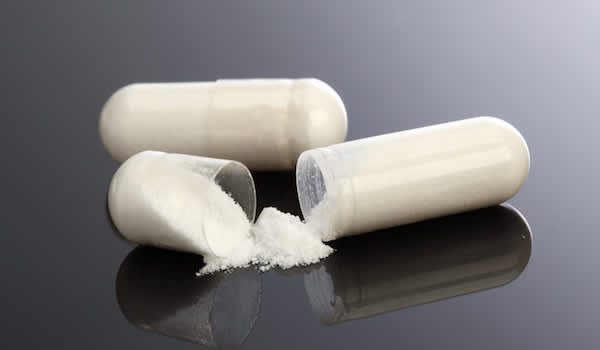It's beginning to look more and more that a certain type of vitamin B1 can help prevent quite a few different complications of diabetes. This vitamin is benfotiamine.
Compared with thiamine, which is the more common form of vitamin B1, much more of the benfotiamine gets into our circulation - it has a much greater bioavailability. That's good. And unlike thiamine, which is water soluble, benfotimine is fat soluble. That might not be good.
Years ago I wrote that benfotiamine might prevent retinopathy, the most common form ofdiabetes-related eye disease。Later I wrote how benfotiamine can reduce the pain of diabetic neuropathy and even improve nerve functioning.
High doses of thiamine and benfotiamine might also prevent the diabetic kidney disease called nephropathy. British researchersreported this three years ago in Diabetes。
Now,researchreported in the September issue of Diabetes Care shows that benfotimine has yet another positive role in keeping healthy. This has to do with our hearts.
A thin layer of endothelial cells line our blood vessels and other parts of our bodies. When these cells aren't working right, they call it endothelial dysfunction. That leads to fatty stuff collecting along the walls of our arteries, which doctors call atherosclerosis. This increases our risk for heart disease.
The typical diet turns out to be a big cause of endothelial dysfunction. It's almost impossible to avoid these foods high in advanced glycation end products (AGEs). Foods high in fat or protein and cooked at high heat or for a long time are generally highest in AGEs.
The new research shows that taking high levels of benfotiamine an hour before eating a meal high in AGEs "completely prevented" and "counteracted" these bad effects.
Preliminary research that I reported a couple of months ago seemed to show that benfotiamine counteracted AGEs. I have been taking 150 mg of benfotiamine three times a day on the recommendation of Dr. Paul Chous, an optometrist whose book Diabetic Eye Disease I reviewed three years ago in my"Diabetes Update" newsletter。
I continue to take that dose, even though the new research used 1,050 mg after meals high in AGEs. I'm not convinced that the much higher dose is safe for long-term use.
The new research doesn't address three of the most important questions:
How did they establish the proper dose?
Can we take that amount over a long term, especially since benfotiamine is fat-soluble?
How did they establish the best time to take the dose in relationship to the meal?
Several days ago I wrote the corresponding author, Professor Dr. Diethelm Tschoepe of the heart and diabetes center in Bad Oeynhausen, Germany, asking these questions. But he has not replied.
Dr. Chous and one of my favorite Certified Diabetes Educators, Karen LaVine, share my concerns with the dose. "I am not sure of the rationale behind the dosage and duration of benfotiamine administration in this study," Dr. Chous wrote me. "There is no explanation offered. A parallel study arm looking at dosage would have been very useful."
When patients in clinical trials are assigned to one part or segment of a study, they are in study arms. One arm receives a different treatment from another.
凯伦我写道:“唯一可能的土著居民的关注ut benfo is that because it is fat soluble, it may be possible for a person to take too much (like vitamin A and D). 150 mg three times/day seems to be a standard recommended dose at this time, and yet in this published study the dosages were much higher."
She was also surprised that the article says that "benfotiamine [is] commonly used in treatment of diabetic neuropathy." They she realized that this study took place in Germany.
"Here in the U.S., benfotiamine is NOT commonly used," she continued. "In fact at work, I don't think I've ever run across ANY patient who is taking it - and I specifically ask people about what supplements they are taking. Nobody knows about benfo yet. Hopefully, this glaring gap will start to close quickly."
With this new research I have no doubt that many people with diabetes will start taking benfotiamine.


